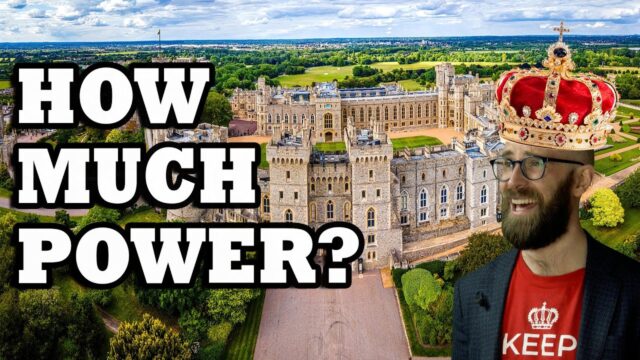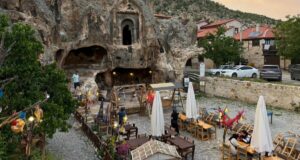“Unraveling the Myths: The Surprising Reality of Medieval Monarchical Power Revealed!”
As Philip gradually eroded the power of barons, he replaced them with a new class of appointed administrators, the bailis, the senechals, and the provosts. These officials were in charge of collecting taxes, recruiting troops and administering justice.
But, of course, power is always a negotiated commodity, and even Philip had to involve his aristocracy in the running of the country. Philip had inherited from his father Louis VII an institution akin to England’s ‘Council of Magnates’ or ‘Great Council’. This was the ‘Royal Council’, an assembly of aristocrats and bishops.
Philip made it permanent, and expanded it by including a Chancellor in charge of government administration, and even clerks of non-aristocratic origin. The Council provided, well, counsel, to the King in matters of internal policy, foreign relations and war. Moreover, this assembly participated in the drafting of legislation, which finally overruled the plethora of locally-issued laws.
Philip, nonetheless, always maintained a high degree of control over his Royal Council, as its size and composition were entirely subject to his discretion. After Philip’s death, his successors found it necessary to expand the size of the Council, hiring large numbers of clerics with legal knowledge. Eventually, in 1239, this group of experts became a separate body, becoming the first incarnation of the French Parliament.
Such levels of centralisation were unheard of in France’s neighbour, the Holy Roman Empire, where the feudal system was ramped up to 11. Centuries later, philosopher Voltaire would famously describe it as such:










